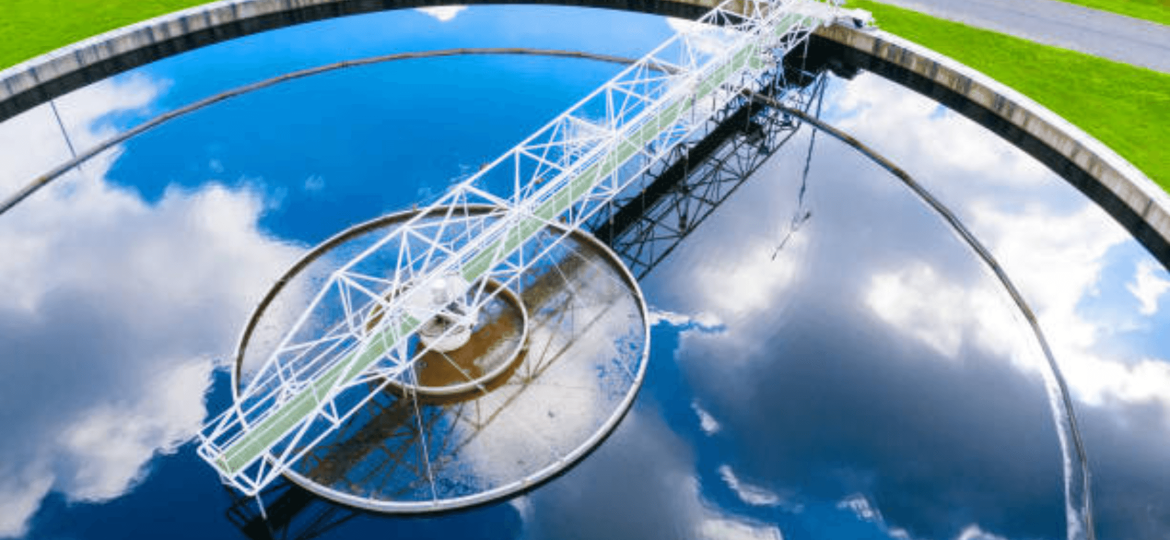
In an era where water scarcity and environmental pollution are critical global challenges, sewage wastewater treatment plants (WWTPs) have emerged as essential infrastructures for sustainable water management. These facilities are designed to treat wastewater generated from various sources, ensuring that it is safe to return to the environment or be reused for different purposes. This comprehensive guide will delve into the intricacies of sewage wastewater treatment plants, their processes, significance, and the technologies involved.
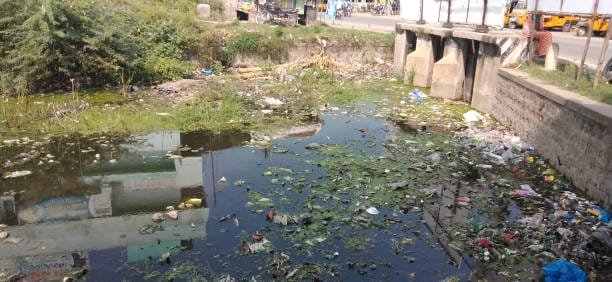
What is a Sewage Wastewater Treatment Plant?
A sewage wastewater treatment plant is a specialized facility that processes wastewater generated from residential, commercial, and industrial activities. This wastewater, often referred to as “sewage,” contains a variety of pollutants, including organic matter, nutrients (nitrogen and phosphorus), pathogens, and chemicals. The primary function of a WWTP is to remove these contaminants to produce treated water that meets environmental and health standards.
The Importance of Sewage Wastewater Treatment Plants
Environmental Protection:
- Pollution Prevention: Untreated sewage can lead to severe environmental pollution, harming aquatic ecosystems and degrading water quality. WWTPs prevent harmful contaminants from entering rivers, lakes, and oceans, preserving biodiversity and ecosystem health.
- Habitat Restoration: By reducing pollution loads, sewage treatment plants help restore habitats for fish and other aquatic organisms, contributing to the overall health of ecosystems.
Public Health:
- Disease Control: Sewage can harbor harmful pathogens, leading to waterborne diseases. WWTPs play a crucial role in minimizing public health risks by treating sewage to eliminate these pathogens before releasing the water into the environment.
- Community Safety: Clean water is essential for recreational activities such as swimming and fishing. Proper treatment of sewage ensures that local water bodies remain safe for public use.
Water Reuse:
- Irrigation and Industrial Uses: Many modern WWTPs are equipped to treat wastewater to a level suitable for reuse in agricultural irrigation, industrial processes, and landscape irrigation. This is especially vital in arid regions where water scarcity is a pressing concern.
- Potable Water Supply: Advanced treatment technologies, such as reverse osmosis and advanced oxidation processes, enable some WWTPs to produce potable water from sewage, further enhancing water security.
Nutrient Recovery:
- Fertilizer Production: Through advanced treatment processes, nutrients like nitrogen and phosphorus can be recovered and converted into fertilizers. This not only reduces the environmental impact of nutrient runoff but also supports sustainable agriculture.
- Biogas Production: Anaerobic digestion processes within WWTPs can produce biogas, a renewable energy source that can be used to power the treatment plant or be converted to electricity.
The Treatment Process

The treatment of sewage wastewater involves several stages, typically categorized into primary, secondary, and tertiary treatment. Each stage plays a vital role in ensuring the effective removal of pollutants:
Primary Treatment:
- Physical Separation: This initial stage focuses on the physical removal of solids from the wastewater. Large debris, such as sticks, leaves, and plastic, is removed through screening, while sedimentation allows heavier solids (sludge) to settle at the bottom of sedimentation tanks.
- Clarification: The clarified water, known as primary effluent, flows to the next treatment stage, while the settled solids are either disposed of or further treated.
Secondary Treatment:
- Biological Treatment: This stage utilizes microorganisms to degrade organic matter in the wastewater. Common methods include:
- Activated Sludge Process: In this aerated system, microorganisms break down organic pollutants while suspended in the water. The process involves aeration tanks where air is bubbled through the wastewater, promoting the growth of aerobic bacteria.
- Trickling Filters: Wastewater is distributed over a bed of media where microorganisms grow and form a biofilm. As the wastewater trickles over the media, the biofilm degrades the organic material.
- Sedimentation: After biological treatment, the mixture undergoes sedimentation again, allowing the biomass (activated sludge) to settle out as secondary sludge. This sludge can be recycled back to the aeration tank or treated separately.
- Biological Treatment: This stage utilizes microorganisms to degrade organic matter in the wastewater. Common methods include:
Tertiary Treatment:
- Advanced Treatment Techniques: This final stage aims to remove remaining contaminants, including nutrients and pathogens, to meet stringent discharge standards. Techniques include:
- Filtration: Physical filtration removes remaining solids, ensuring the water is clear.
- Nutrient Removal: Biological or chemical processes can be employed to remove nitrogen and phosphorus, preventing eutrophication in receiving waters.
- Disinfection: To eliminate pathogens, disinfection methods such as chlorination, UV irradiation, or ozonation are used, ensuring the treated water is safe for discharge or reuse.
- Advanced Treatment Techniques: This final stage aims to remove remaining contaminants, including nutrients and pathogens, to meet stringent discharge standards. Techniques include:
The Need for Wastewater Treatment: Health Risks and Global Impact
Wastewater treatment is essential for public health, environmental protection, and economic growth. With rising urbanization and population, the need for wastewater treatment has become more urgent. Untreated wastewater poses serious health risks, harms ecosystems, and creates economic burdens. Let’s explore the dangers of untreated wastewater and its global impact.
1. Health Risks of Untreated Wastewater
Untreated wastewater contains harmful pathogens, including bacteria, viruses, and parasites. When this water contaminates drinking sources, it increases the risk of waterborne diseases like cholera, typhoid, and hepatitis A. According to the World Health Organization (WHO), 2 billion people globally are exposed to contaminated water, causing over 500,000 deaths annually from diarrhea.
2. Antimicrobial Resistance (AMR)
Antibiotics and antimicrobial agents in untreated wastewater contribute to Antimicrobial Resistance (AMR), making infections harder to treat and increasing mortality rates.
3. Impact on Vulnerable Populations
Children, the elderly, and low-income communities are most affected by untreated wastewater. Diarrheal diseases are the second leading cause of death in children under five, and untreated wastewater increases their exposure to these deadly diseases.
4. Environmental Damage
Untreated wastewater also harms ecosystems, causing eutrophication, which leads to “dead zones” in water bodies, and the loss of biodiversity. Contaminants damage aquatic life, disrupting food chains and reducing water quality.
5. Economic and Global Impact
The need for wastewater treatment is critical for economic health. Waterborne diseases cost billions annually in healthcare and lost productivity. For example, in India, poor water quality costs nearly $600 million annually.
6. Sustainable Development
Wastewater treatment is vital for achieving the Sustainable Development Goals (SDGs), particularly SDG 6: Clean Water and Sanitation and SDG 3: Good Health. Effective treatment reduces health risks, protects ecosystems, and supports sustainable economic growth.
The Urgent Need for Wastewater Treatment
The need for wastewater treatment is undeniable. Untreated wastewater threatens public health, ecosystems, and economies. By adopting modern wastewater treatment technologies, we can reduce health risks, protect the environment, and create a more sustainable future.
Different Types of Wastewater Treatment Plants
Wastewater treatment plays a critical role in maintaining clean water and protecting public health. Below are the most common types of wastewater treatment plants (STPs), each designed for different needs: Activated Sludge Process (ASP), Membrane Bioreactor (MBR), Moving Bed Biofilm Reactor (MBBR), and Packaged Sewage Treatment Plants.
1. Activated Sludge Process (ASP)
The ASP uses oxygen to encourage microbial breakdown of organic waste in wastewater. It’s highly effective for municipal and industrial wastewater treatment, removing pollutants like nitrogen and phosphorus.
- Advantages: Efficient organic pollutant removal, adaptable to varying contamination levels.
- Applications: Large-scale municipal treatment and industrial facilities.
Environmental Benefits: Optimized aeration for energy savings, reduced chemical usage.
2. Membrane Bioreactor (MBR) Systems
The MBR combines biological treatment with membrane filtration, providing high-quality effluent that can be reused for non-potable purposes.
- Advantages: High-efficiency treatment, compact design, and excellent disinfection.
- Applications: Industries with high water reuse needs and municipal systems.
Environmental Benefits: Water conservation through reuse, reduced chemical usage.
3. Moving Bed Biofilm Reactor (MBBR)
The MBBR uses biofilm-covered plastic carriers to treat wastewater. It’s compact, energy-efficient, and perfect for smaller spaces.
- Advantages: Low maintenance, adaptable to varying loads.
- Applications: Small-scale municipal, commercial buildings, and industrial applications.
Environmental Benefits: Space-efficient, energy-efficient.
4. Packaged Sewage Treatment Plants (PSTPs)
PSTPs are ready-to-install systems designed for small-scale residential and commercial applications. They are cost-effective, modular, and easy to expand.
- Advantages: Low-maintenance, quick installation, ideal for smaller communities or hotels.
- Applications: Residential complexes, small communities, and hotels.
Environmental Benefits: Compact design, energy-efficient operation.
Conclusion
Selecting the right wastewater treatment plant depends on your specific needs.
- ASP is ideal for large-scale systems.
- MBR offers high-efficiency water reuse.
- MBBR is perfect for compact, energy-efficient spaces.
- PSTPs provide cost-effective solutions for smaller applications.
By choosing the appropriate system, you ensure sustainability and efficiency in managing wastewater.
Choosing the Right Sewage Wastewater Treatment Plant
Selecting the appropriate sewage wastewater treatment plant involves several considerations:
- Capacity: Evaluate the expected volume of wastewater generated and ensure the WWTP can handle peak loads effectively.
- Technology: When it comes to wastewater treatment, not all technologies are created equal. Each option boasts its unique strengths, from efficiency and cost-effectiveness to minimizing environmental impact. Exploring these innovative technologies can help you discover the best solution tailored to your community’s specific needs.
- Cost: It’s crucial to look beyond just the initial investment. Think about the long-term picture: evaluating ongoing operational and maintenance costs can reveal the true financial impact of your sewage wastewater treatment plant, ensuring you make a sound and sustainable choice for your budget.
- Regulatory Compliance: Ensure the selected WWTP meets local, state, and federal regulations concerning water quality and environmental protection.
Future Trends in Sewage Wastewater Treatment
The field of wastewater treatment is continually evolving, with several trends shaping its future:
- Innovative Technologies: The integration of advanced technologies, such as membrane bioreactors (MBRs), bioaugmentation, and artificial intelligence for monitoring and control, is enhancing treatment efficiency and reducing costs.
- Decentralized Systems: Smaller, modular treatment systems are gaining popularity, especially in rural and suburban areas where centralized systems may be impractical. These systems provide localized treatment solutions that are easier to manage and maintain.
- Sustainability Practices: The focus on sustainability is driving the development of energy-efficient plants that incorporate renewable energy sources, such as solar and biogas, to minimize their carbon footprint.
How New Technologies Are Improving Sewage Treatment Plant Efficiency
Sewage treatment plants (STPs) are evolving through advanced technologies like AI, IoT, and renewable energy, significantly improving efficiency and achieving the core objectives of sewage treatment plants, such as reducing pollutants and conserving resources. Let’s dive into how these innovations are transforming STPs:
1. AI-Powered Monitoring and Optimization
AI systems help optimize treatment processes, ensuring maximum efficiency by predicting maintenance needs and adjusting parameters in real-time. This reduces energy consumption and chemical use, helping STPs meet their objectives more effectively.
Example: AI adjusts aeration and chemical dosing based on real-time data, optimizing water quality while saving energy.
2. IoT-Enabled Automation for Real-Time Monitoring
IoT sensors provide real-time data on parameters like turbidity, chemical levels, and flow rates. This data is used to optimize treatment processes, reducing costs and helping STPs meet their primary objective of protecting public health through better water quality.
Example: IoT sensors track water quality at every stage, sending alerts when parameters fall outside safe ranges.
3. Renewable Energy Integration in STPs
To reduce energy costs and support sustainable wastewater management, STPs are incorporating renewable energy sources like biogas recovery and solar power. This helps meet the goal of reducing operational costs and minimizing environmental impact.
Example: A UK STP combines biogas recovery and solar energy to supply 80% of its power, reducing CO2 emissions.
4. The Future of Smart STPs
The future of STPs lies in smart, self-regulating systems powered by AI, IoT, and renewable energy. These innovations not only improve plant efficiency but also contribute to zero-waste operations and decentralized water treatment, advancing global water sustainability goals.
With new technologies like AI, IoT, and renewable energy, sewage treatment plants are achieving their objectives more efficiently, lowering costs, and reducing environmental impact. These advancements are shaping a more sustainable future for wastewater management.
Conclusion
Sewage wastewater treatment plants are not just facilities; they are essential guardians of public health and environmental integrity. By investing in these systems, we’re taking a significant step toward sustainable water management and a healthier planet for current and future generations. As the demand for clean water continues to rise amid growing populations and industrial activities, investing in modern, efficient sewage wastewater treatment solutions is imperative.
For those seeking effective sewage wastewater treatment solutions, companies like Sustainable Biosolutions Pvt. Ltd. offer cutting-edge products such as the SUSBIO ECOTREAT- packaged sewage treatment plant, designed to meet diverse treatment needs efficiently and sustainably. By prioritizing investment in WWTPs, we can foster a healthier environment and enhance water security for future generations.


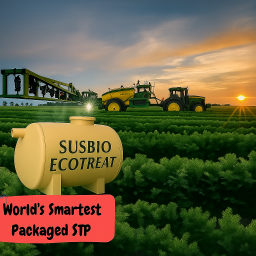
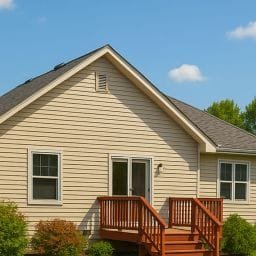
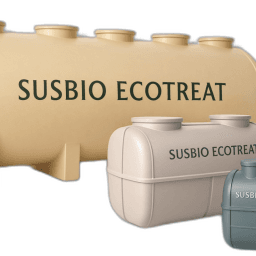


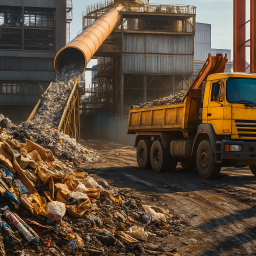

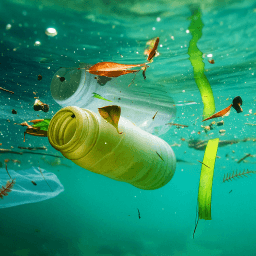

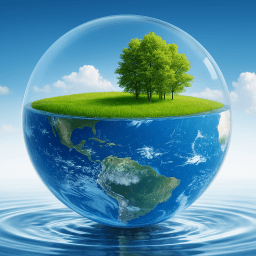
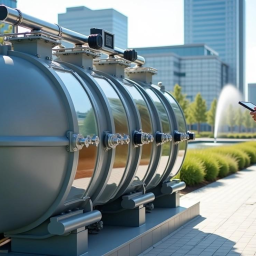
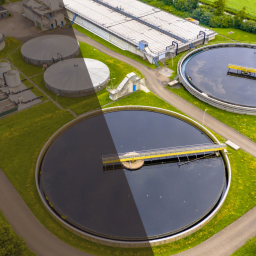
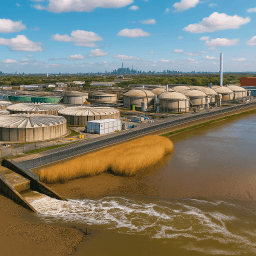

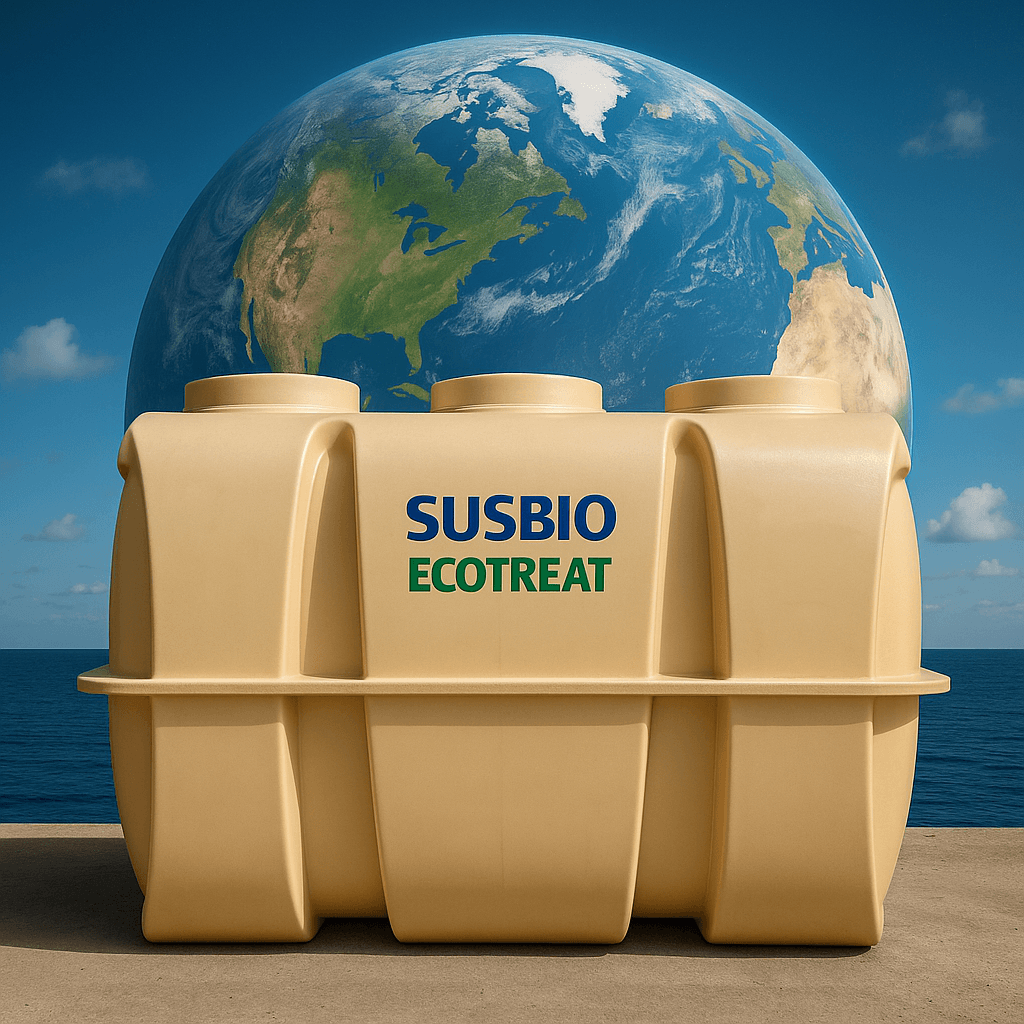
[…] 0 By Akshat Tyagi Latest Blogs October 10, […]
[…] and stricter environmental regulations, managing wastewater effectively has become a necessity. A Wastewater Treatment Plant (WWTP) not only ensures the responsible disposal of sewage but also enables the recycling of water for […]
[…] TreatmentSecondary wastewater treatment targets dissolved organic matter through biological processes. Activated sludge, biofilters, and […]
[…] Clarifier: Treated wastewater flows into a secondary clarifier, as part of secondary wastewater treatment. where sludge settles at the bottom. The treated water is separated from the sludge for further […]
[…] Exchange India Ltd. is a pioneer in water and wastewater treatment, offering a comprehensive range of ETP solutions. Their plants are designed to meet the specific […]
[…] a crucial role in processing wastewater and making it safe for reuse or disposal. Implementing a wastewater treatment model ensures that the treatment process is efficient, effective, and environmentally friendly, […]
[…] and corrosion caused by untreated water, reducing maintenance costs in the long run. Implementing a wastewater treatment model ensures that your water treatment system is efficient and effective, providing clean and safe water […]
[…] Secondary wastewater treatment involves biological processes that use microorganisms to break down organic matter in the sewage. […]